What makes a good beginner road bike?
A good beginner road bike isn't just a case of low price - even entry level road bikes have to be fit for purpose with quality specs
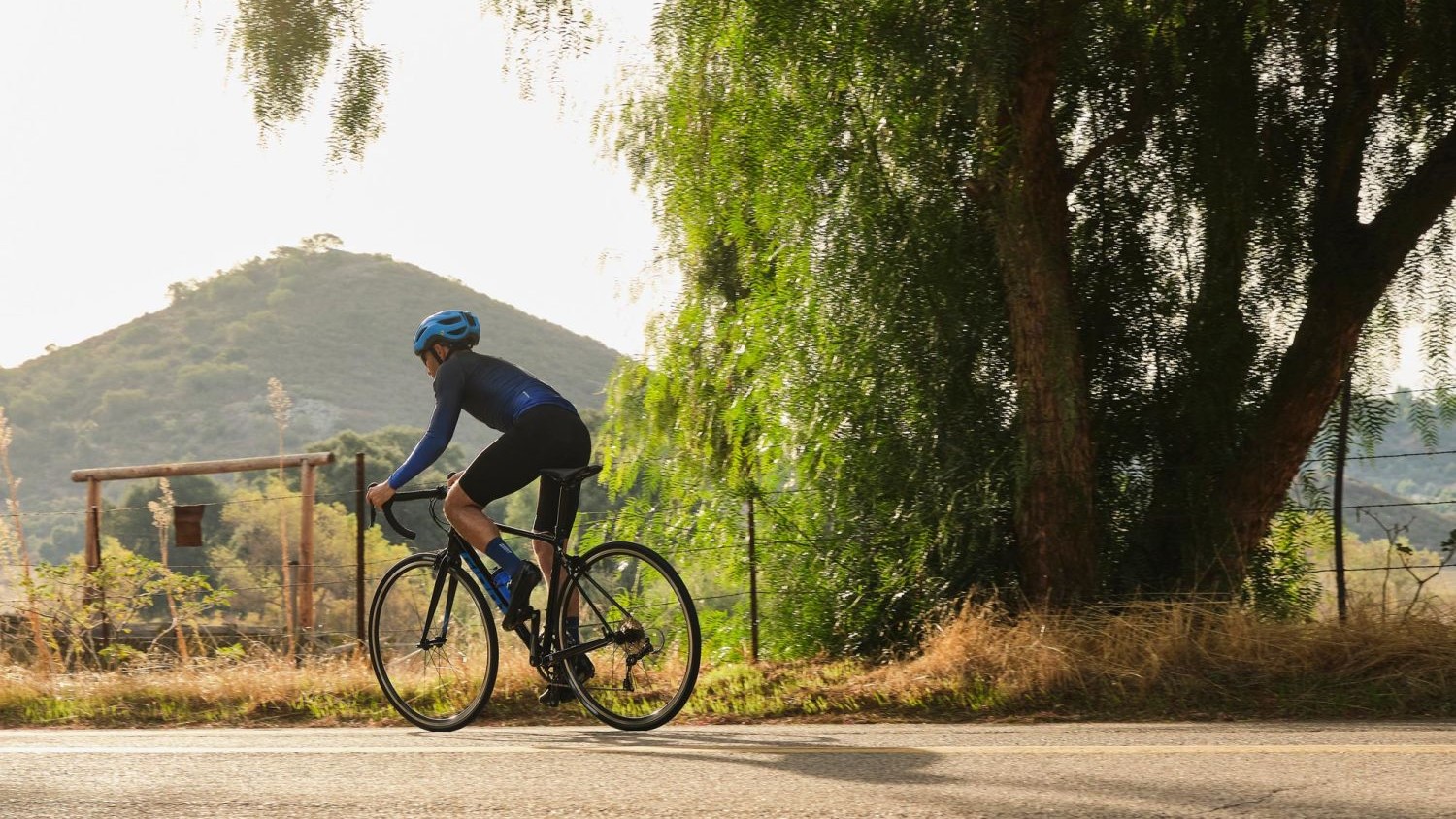
Are you after a beginner road bike but don’t really know what to look for? Don’t worry, every single person you see out on the road started somewhere, with all the same questions that are probably rattling around in your brain. If you’re brand new to this and want to learn about how to choose the perfect bike for you, then our guide to the best road bikes is a great place to start. If you're a little more aware of what you’re after then we’ve put together a guide to the best budget road bikes. Meanwhile, if you want to know about sizing, componentry, accessories, and some red flags to avoid when buying a beginner's road bike, then read on.
Your first road bike is something of a rite of passage, and while our buyers' guides are geared towards new bikes, there are a huge array of used options available too, so make sure to take a look at our guide to how to buy a used bike, as well as how to build your dream bike on a budget if you’re mechanically savvy.
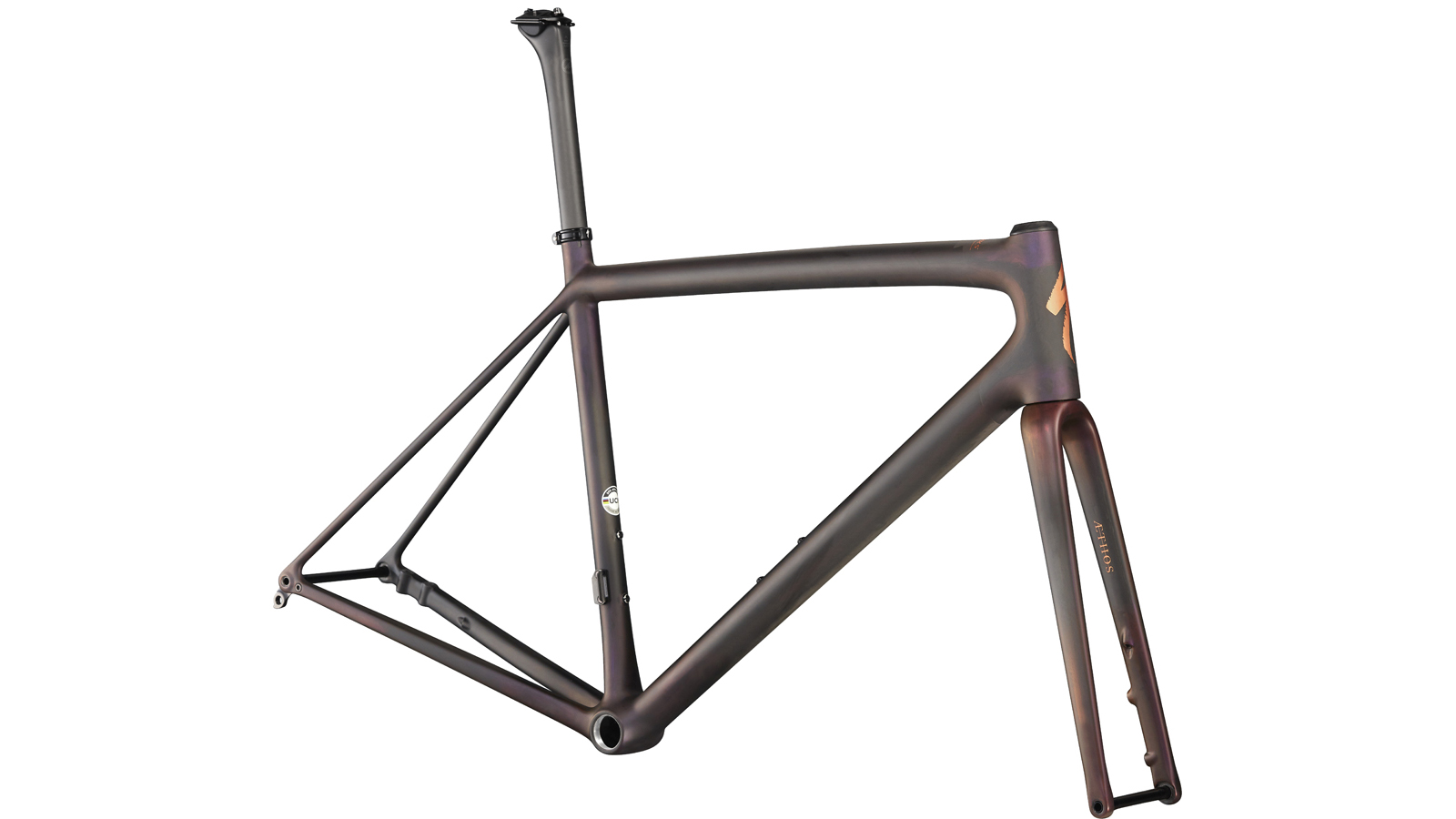
What frame do I need?
The frame really is the heart of the bike, and has the biggest effect on the ride. Ride characteristics are mostly a product of the frame geometry (the angles between - and lengths of - the various tubes that make up the frame). To a lesser extent it will also be affected by the material the frame is made of. Most beginner road bikes will be made of either steel or aluminium, with some more expensive models being made of carbon fibre.
No matter how much people say so, there isn’t a rigid hierarchy of materials. Carbon fibre isn’t inherently ‘better’ than aluminium, and neither is steel ‘worse’; it all depends on the application and end use. Carbon fibre can be made lighter and stiffer than other materials, but it is usually more expensive and can be more fragile. Aluminium has a historic reputation for a harsh ride, but this isn't the case nowadays unless it’s designed into the bike, and anyone who tells you steel is bad and heavy must be unaware that most custom, handmade bicycles that can cost tens of thousands of pounds are made from steel.
It can be tempting to go for a non-branded carbon frame from marketplaces such as aliexpress, but this isn’t something we’d recommend. They lack the rigorous safety testing, quality control, and after-sale service that you get when buying from a reputable brand, and when carbon fails it tends to do so catastrophically.
A few things to look out for on your first road bike are mounting points built into the frame. At the rear you might want to check for rack mounts if you have aspirations for commuting or bike touring, and mudguard mounts are always useful to have if you plan to use it year-round.
Lately frames have shifted towards greater integration of the cabling that shifts your gears and clamps your brakes on. Running the cables inside your frame makes for a sleeker, more aerodynamic look, but it is more difficult to work on when the time comes to replace the cables, so if you want to be a self-sufficient home mechanic then perhaps look for external cables to start with.
If you are curious as to the sustainability of what you’re buying then we’ve also got an article detailing how bicycles are made, from raw materials to point of sale, which might also help inform your decision.
In terms of recommendations then, as framesets go, looking for one from a big manufacturer for your first bike is usually a safe bet. The Specialized Allez is a perennial beginner road bike for good reason, though its rim brakes are beginning to look a touch outdated nowadays. The Allez frameset is on the racy side, so if you're after something a little more attuned to long days in the saddle then the Trek Domane AL is a more endurance focussed model that's also prime for future upgrades, as is the Liv Avail if you're after something women's specific. These are all aluminium, with carbon forks, so won't be heavy by any stretch either.
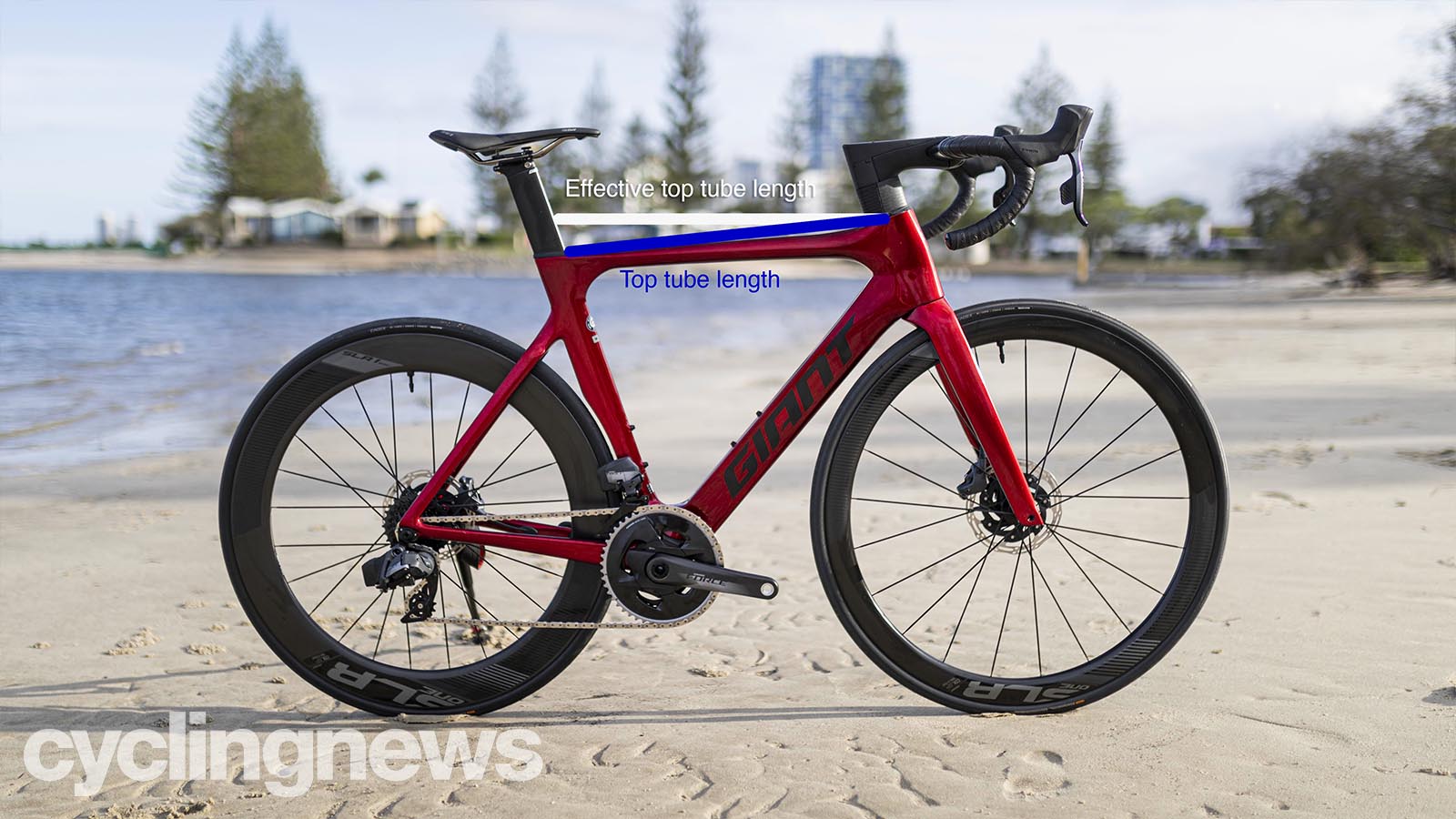
What size bike frame do I need?
Sadly the bicycle industry doesn’t like to standardise too many things, and sizing is the same. The majority of manufacturers operate using either a descriptive scale (e.g. extra small to extra large) or a top tube measurement, which will be a single number roughly between 47 and 61. This measurement usually relates to the horizontal distance from the middle of the head tube (the tube the forks slot into) and a line projected from top of the seat tube (the tube the seat post and saddle are slotted into). This effectively tells you how long the bike is in centimetres.
A word of warning however: differences in how the top tube is measured mean that in the same way that the same size shoes from different companies can fit differently, a size 56 frame from two different companies may fit differently too.
Fortunately every bike company also provides a recommended height range for each size, and while these are excellent guides we really would recommend sitting on a bike if you can to see how it fits. Even more fortunate is that we've got a whole separate guide on what size bike you need that can give you a deeper understanding of bicycle geometry and how to find one that fits you perfectly.
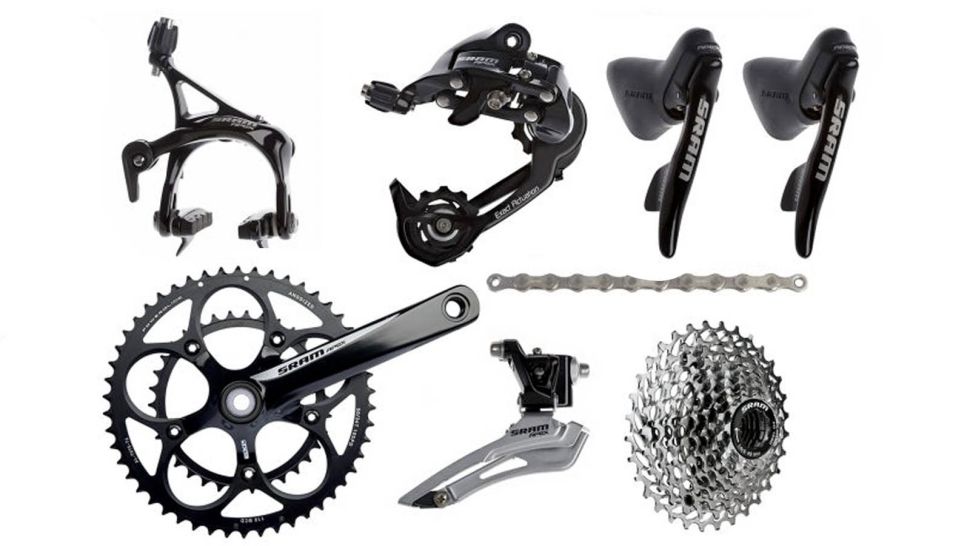
What components should I look for?
While the frame may be the heart of the bike, it is just a relatively useless object without a host of components attached to it. The ‘groupset’ is just bike industry speak for the bits that turn your energy into forward motion, so the front chainset, rear cassette, shifters, chain, cables, and importantly the brakes too. Our guide to the best road bike groupsets can give you the ins and outs of each option on the market, but at a beginner level you’re going to have two main choices to make: rim brake or disc brake, and how many speeds to go for.
Our guide to disc brakes vs rim brakes will be able to give you a deeper understanding, but in general, discs provide better modulation (i.e control) and more consistent performance in wet conditions. They are also more future-proof, as the industry continues to move towards them as the standard option. Rim brakes will still stop you, as they have done for decades, and will be cheaper. You’ll not be able to upgrade from rim brakes to discs in the future, as you need specific frames, forks and wheels for each brake type.
When it comes to gears, it’s tempting to think more is better. The best road bikes on the market today now feature 12 sprockets on their cassette, but this doesn’t necessarily mean they have a greater gear range. The highest and lowest gears will likely be the same or very similar to an eight or nine speed system, but with smaller jumps between the cogs.
Fewer gears can also have its advantages; a nine speed system will be easier to maintain, less likely to go out of index (noisy gears), more resilient to dirt and grime and cheaper to maintain when the time comes to replace parts. Just make sure to come back and read our guide on how to clean your bike and how to adjust bike gears when the time comes.
You may also be faced with a choice between 1x, 2x, or even a triple chainset (meaning the number of chainrings at the front). Each has an advantage, primarily being an increase in gear range the more cogs you have at the front, but with it comes a weight penalty and more fiddly maintenance. Two front chainrings remains the standard for the majority of road bikes, and represents the best option for most riders.
If disc brakes are a must for you then the Liv Avail is appropriately specced for your needs, with the AR4 model featuring the ever reliable Shimano Claris groupset. The Cube Attain Pro also features discs and a more performance focussed Sora groupset. If componentry is more important to you than all else, then looking to a smaller brand such as Triban, the in-house bike brand of sports giant Decathlon, means you can get better bits on your bike. The Triban RC520, for example, features a build based around Shimano 105, which, while an older series edition of the groupset, is definitely more racing focussed than Claris or Sora.
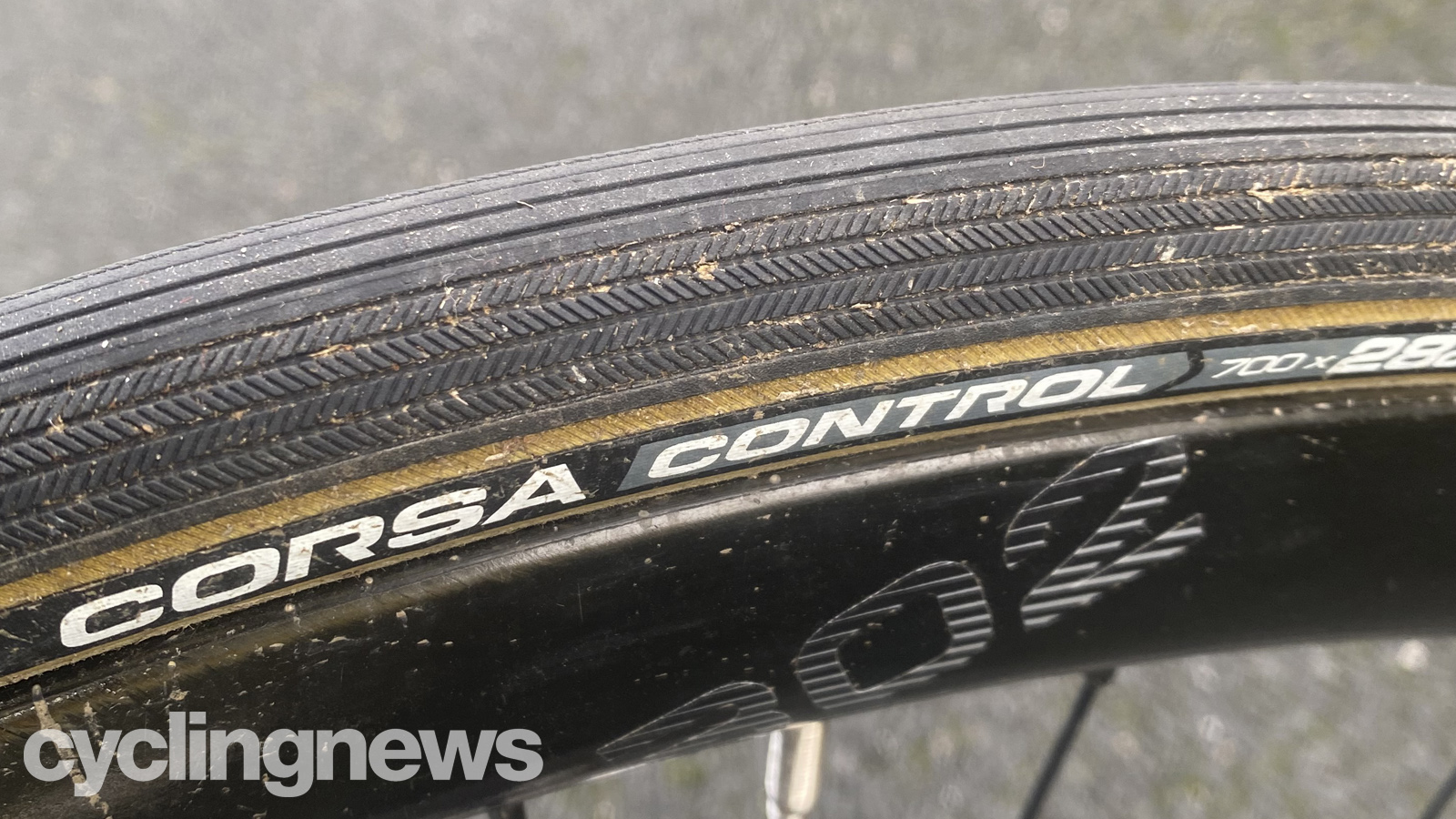
What about finishing kit?
When the bike industry talks about ‘finishing kit’ they’re on about all the extra bits that we haven't covered; saddles, tyres, stems, bars, bar tape, etc. For beginner road bikes this is often when manufacturers try and save some money on the build to bring the overall cost down. You might find a cheap saddle or some flimsy tyres, and while high end bikes will be built with lightweight carbon componentry, you will likely find basic aluminium parts that do the job perfectly well, but aren't hugely exciting.
Saddles are a very personal choice, so don’t be surprised if you don’t find the stock option hugely comfortable. It’s not unusual to have to swap, so take a look at our list of the best road bike saddles if you go down that road, as well as our list of the best women's road bike saddles if this is more relevant to you.
Tyres make a massive difference to how a bike rides. Bad tyres grip poorly, meaning you can’t corner with confidence, so if you think yours might be letting you down then have a look at our pick of the best road bike tyres and it could massively increase your enjoyment, or if you want to use your new bike to ride to work too but keep getting annoying punctures, then have a read of our list of the best commuter tyres.
Most new road bikes are sold either without pedals, or with really cheap plastic ones that aren’t really fit for purpose. If you’re not ready to make the leap to clipless pedals, where your shoes physically clip into the pedals, then we’ve got a list of the best flat pedals for road riding. However, if you’re thinking of being clipped in then the best road bike pedals is the guide for you. Graduating to clipless is a daunting prospect for many riders, and the near-inevitable topple over at the traffic lights is as much of a rite of passage as anything else, but as with anything else they get easier with practice and make you ride with far greater efficiency by allowing you to apply power for the entire pedal cycle, rather than just the down stroke.
The big name bike brands like Specialized, Giant/Liv, and Trek have a plethora of in-house components with which to build up a beginner bike. As they don't have to buy these components in from third parties, they can make the build cheaper, or opt for higher quality finishing kit for a set price. The same is true of mid-size brands too, such as Ribble or Cube, but to a lesser extent; it may be a case of just stems and seatposts at this point. Smaller brands may be able to offer you a cheaper frameset, but they may be using cheaper parts to hit a certain price point.
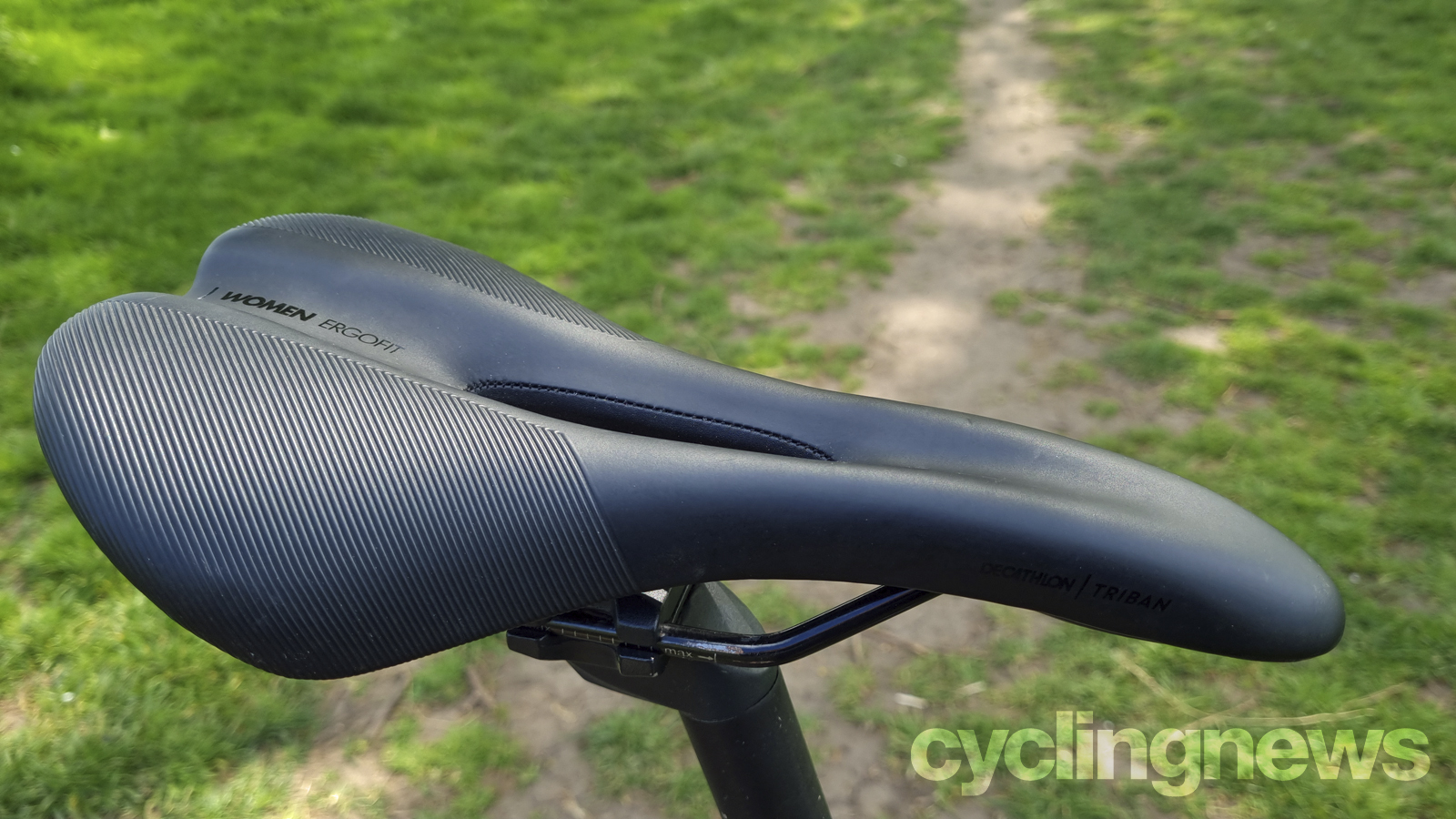
What bike accessories do I need?
Whether you’re into bicycles, cars, fashion, or any other hobby there are always going to be more things to buy. Our advice would be not to go mad if you’re just starting out, and stick with a helmet, some cycling shoes if you’re clipping in, a basic repair kit, a lock, and some insurance. Everything else, with the possible exception of cycling specific clothing, you can work out later.
Fortunately you’ve ended up on a website that can point you in the direction of the best road bike helmets, the best cycling shoes, the best bike locks, and even the best bike insurance.
Helmets are a difficult one to recommend given that fit is personal, and we'd always reccomend trying one on if you can. POC helmets for example, as shown in the images below, have a narrow fit and so won't fit someone with a wide head.
All helmets do have to fulfil a minimum safety standard in order to be sold, so you're not going to be buying anything that's unsafe. Many brands now exceed the minimum requirements by quite some way, with extra inbuilt features, so if safety is a top priority (as it should be, especially if you're just starting out) then look for light mounts, and systems designed to reduce rotational impacts such as MIPS or SPIN.
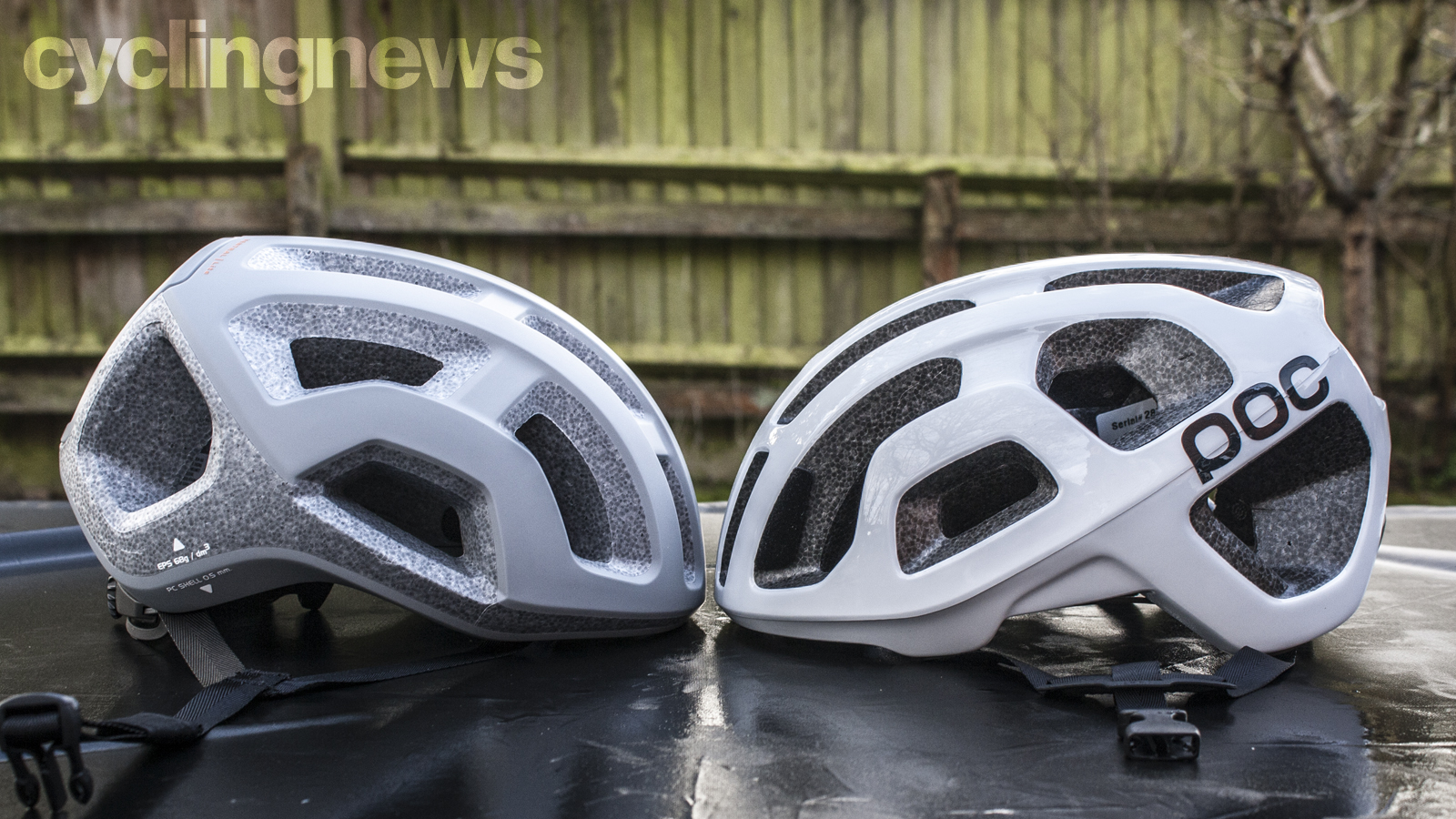
If you're curious as to what the very upper echelons of road bikes look like, what else you can buy in terms of accessories, or even how to make the most of your new bike then check out our guide at the bottom of the best road bikes to head down the rabbit hole, and we'll see you out on the road!
Get The Leadout Newsletter
The latest race content, interviews, features, reviews and expert buying guides, direct to your inbox!

Will joined the Cyclingnews team as a reviews writer in 2022, having previously written for Cyclist, BikeRadar and Advntr. He’s tried his hand at most cycling disciplines, from the standard mix of road, gravel, and mountain bike, to the more unusual like bike polo and tracklocross. He’s made his own bike frames, covered tech news from the biggest races on the planet, and published countless premium galleries thanks to his excellent photographic eye. Also, given he doesn’t ever ride indoors he’s become a real expert on foul-weather riding gear. His collection of bikes is a real smorgasbord, with everything from vintage-style steel tourers through to superlight flat bar hill climb machines.